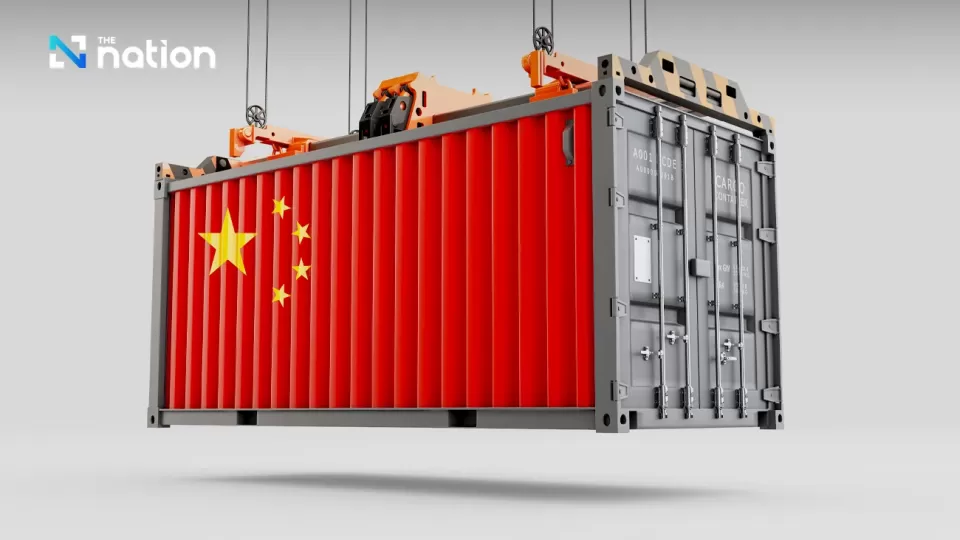February 5, 2024
BANGKOK – Thailand witnessed a contraction of 1% in its overall exports in fiscal 2023. However, when excluding products related to oil, gold and military supplies, there was a modest expansion of 0.6%.
The trade deficit for the nation tallied up to 302.93 billion baht, marking a notable improvement from the 2022 deficit of 612.57 billion baht.
The key export markets for Thailand in 2023 revealed interesting dynamics. The United States saw an uptick of 2.2%, while China and Japan registered a slight dip of 1% and 0.57%, respectively.
On the import front, China faced a drop of 0.6%, Japan was down by 10%, while the US reported a surge of 8.9%.
China’s role in Thai trade
China, considered a pivotal trading partner for Thailand, is a primary source of imports and the second-largest destination for exports. However, Thailand has grappled with a consistent trade deficit with China over recent years. In 2023, this trade deficit reached 1.29 trillion baht, reflecting a slight increase of 0.1% compared to 2022.
As Thailand confronts economic challenges, attention is drawn to the slower expansion of the Chinese economy. Despite ongoing growth, the pace has decelerated, with a projected expansion of about 4-5%. Wisit Limluecha, vice chair of the Thai Chamber of Commerce and president of the Thai Future Food Trade Association, said China continues to face challenges due to weak private consumption and investment. He said the inflation rate in China was of particular concern. He pointed out that it had hit its highest level in 14 years, dropping by 0.3% since 2009. China’s annual exports also declined for the first time since 2015, while the GDP growth stood at 5.2% in the fourth quarter of 2023.
Another cause of concern, Wisit said, was the “GDP deflator”, which has consistently contracted for three consecutive quarters, indicating that China’s economy is sluggish, and the risk of deflation persists.
Impact on Thailand’s exports
Wisit also pointed out that China’s economic health affects the purchasing power of its citizens, and consequently affects the goods imported from Thailand.
In response to these potential risks, Thailand has worked on diversifying its markets, like giving greater emphasis to the Indian market due to shared characteristics and size resemblances with China.
To mitigate risks, Thailand has also undertaken various initiatives, including negotiations to address trade barriers, organising domestic activities, exploring secondary markets and driving free trade agreement negotiations. These initiatives are integral to enhancing Thailand’s exports and playing a pivotal role in propelling the expansion of the Thai economy.


